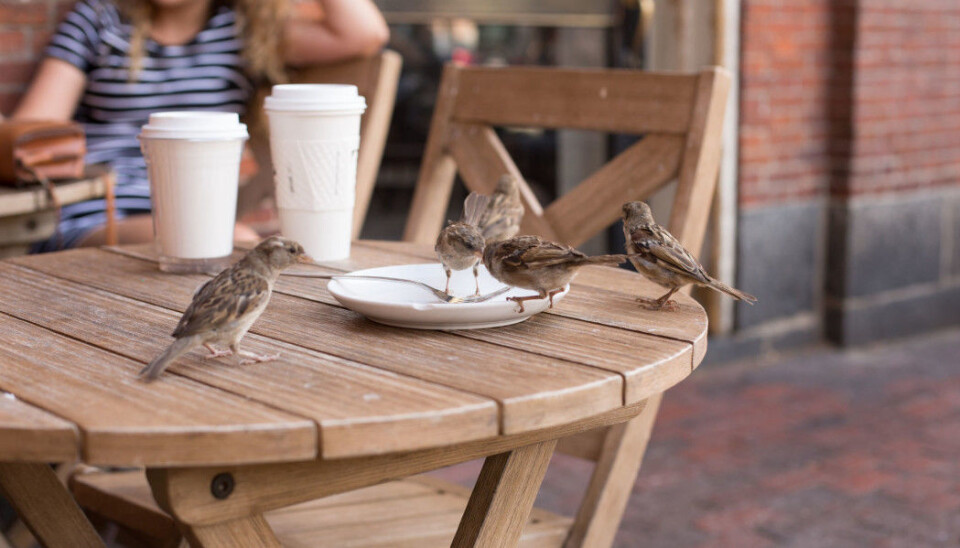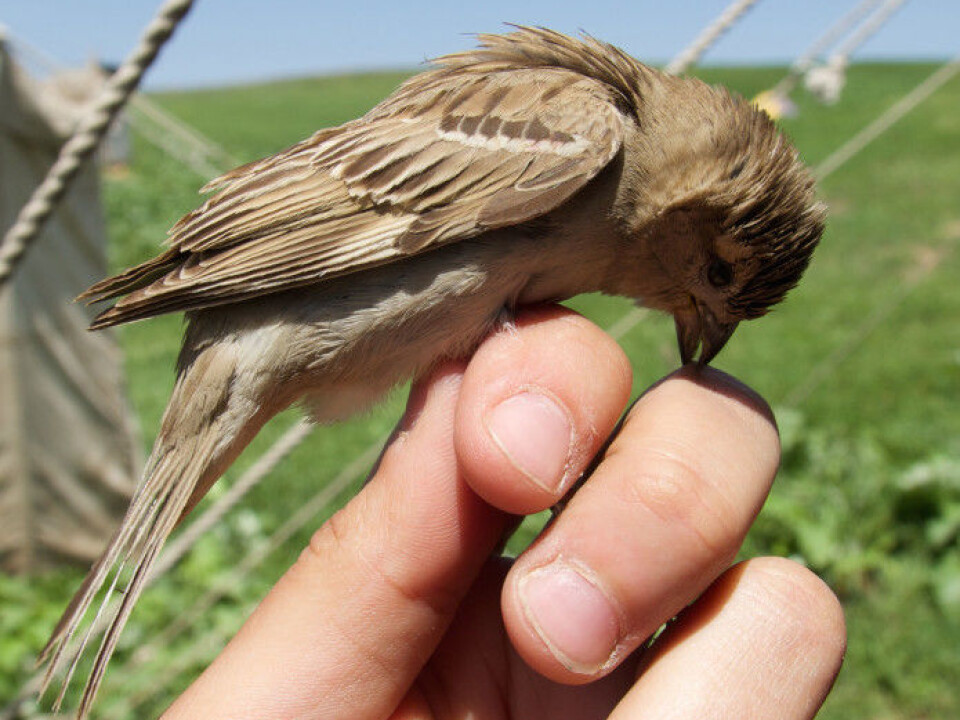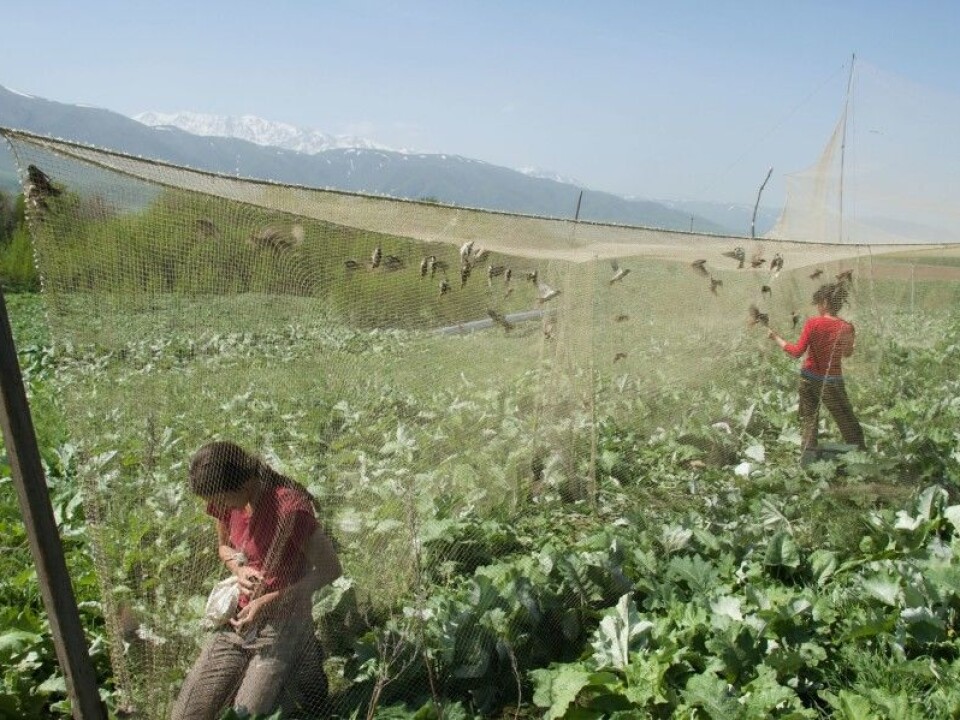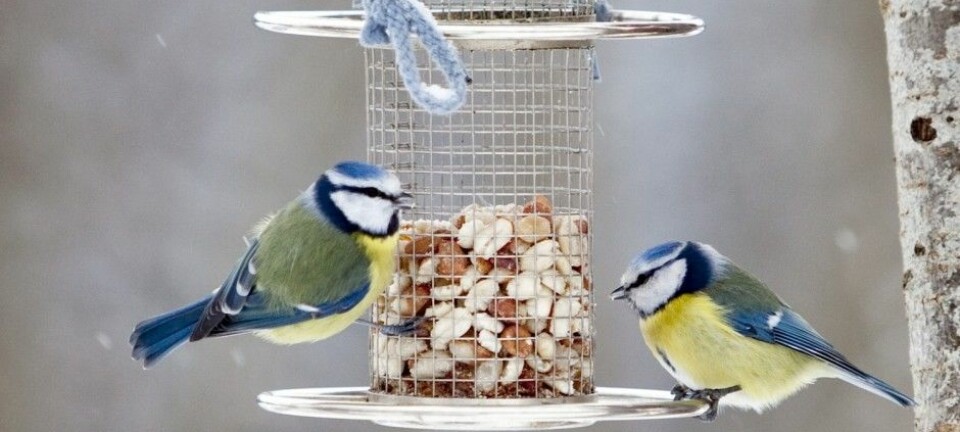
House sparrows and humans are old buddies
These little beggars have hung around humans for more than 11,000 years, new Norwegian research suggests.
House sparrows are everywhere, so commonplace that we almost don’t notice them as they hop around our café table, looking for the odd crumb or two. Most of us are so used to them we rarely think about how unusual they are.
Think about it: there are 254 nesting bird species in Norway, but most keep their distance from human folk. What makes house sparrows so tame?
And why are they so ubiquitous?
We know surprisingly little about the history of these amazing little birds, despite the fact that they are probably one of the most easily accessible study subjects on the planet.
Beneficiaries of the agricultural revolution
"Birdwatchers often think of the house sparrow as a little uninteresting, because it is so common," says Mark Ravinet, a researcher at the Centre for Ecological and Evolutionary Synthesis (CEES) at the University of Oslo.
But when Ravinet and his colleagues looked a little closer at the birds, they found that house sparrows have been hanging around humans during one of the biggest upheavals that ever happened during the course of human civilization: The agricultural revolution.

The researchers were able to figure this out by comparing the genes of the house sparrow to a cousin that took a completely different approach to survival.
The primordial sparrow
Enter … the Bactrianus sparrow.
This little bird lives in areas of the Near East and looks quite a bit like a house sparrow. But its behaviour is surprisingly different.
"They are, for example, migratory birds," says Ravinet.
And they are very shy. They stay away from people and places where we live, and will attack a human hand if someone tries to grab them. Instead of living in cities near people, these birds live in brushy vegetation in deserts.
The Bactrianus sparrow and the house sparrow have a shared ancestry. They were once the same species, probably a bird reminiscent of today's Bactrianus. But then something happened.

Ravinet and his colleagues conducted DNA analyses that show that a subset of these sparrows must have separated from the main group. It was this subset that eventually became today's house sparrows. The two groups diverged about 11,000 years ago, roughly about the time and in the areas where people discovered agriculture.
Could this have been a coincidence? The CEES researchers think not.
Followed to Europe
The dawn of agriculture is presumably when the breakaway group of sparrows began its thousands-of-years old relationship with us humans. The birds probably enjoyed our newly acquired knowledge on the cultivation of cereals and other goodies as much as we did.
The new group of birds chose to settle near our ancestors, and likely gleaned forgotten seeds from our fields and crumbs from our plates.
And when farmers established themselves in new areas, the sparrows followed.

“We see signs that there was a huge increase in the number of sparrows about 6000 years ago, right when the agricultural revolution spread throughout Europe,” says Ravinet.
Ravinet says his research cannot prove the connection, and that it could be coincidence. In other words, he can’t say for sure that house sparrows followed people in this way. But there are also other findings from the sparrow’s DNA that point in a similar direction.
Powerful skull
The researchers searched for genes that were different in the house sparrow and the Bactrianus sparrow. These differences could provide evidence of the adaptations house sparrows made to a new lifestyle.
"We found two interesting changes, in genes that are very close to each other," Ravinet said.
One gene is likely involved in the formation of the skull. The house sparrow has a more robust skull than the Bactrianus sparrow. This can influence the strength of the beak and how hard the bird can bite. The researchers think it is possible that the house sparrow’s broad skull made it better able to consume hard seeds, such as the kinds of grains people cultivated.
An even more exciting finding concerns changes in the gene next door. This gene is thought to play a role in starch digestion.
Adapted to a starchy diet
Starchy carbohydrates are mainly found in crops such as cereals, potatoes, corn and rice. We humans only had access to large quantities of starch-rich foods after we began to grow the plants that provide them.
At the same time as we developed these food plants, something also happened with our own genes and those of our most faithful companion, the dog. Changes in the AMY2A gene made both humans and dogs better able to digest starch. This was presumably an adaptation to our new diet.
The results from Ravinet and his colleagues show that the same gene in the house sparrow also shows changes. Perhaps these changes were in response to adaptions to starchy human food? The researchers say they have more work to do before they can answer this question with more certainty.
"It is interesting that old changes in human civilization may have changed the biology of the house sparrow," says Ravinet.
——————————————————-
Read the Norwegian version of this article at forskning.no.

































